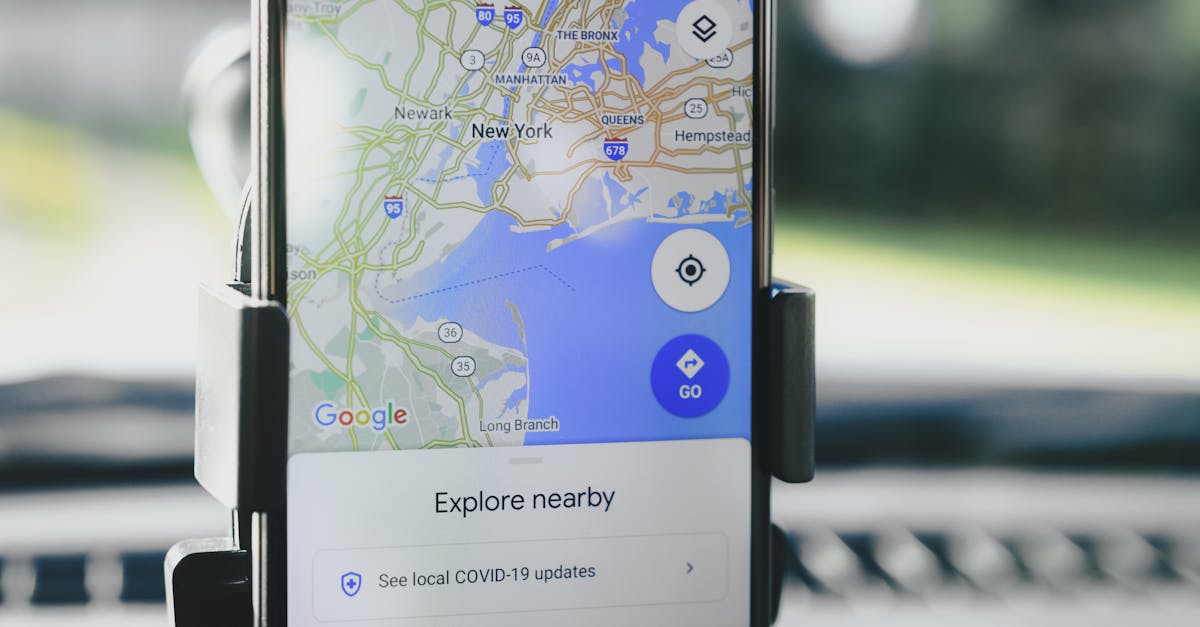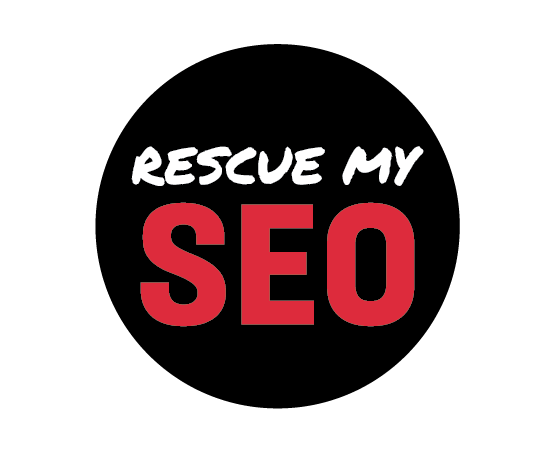
Local SEO can make or break a small business. We work with countless local businesses at Rescue My SEO that are determined to get found by real customers right in their city – but as passionate as they are, it’s all too easy to miss out on crucial traffic due to some simple and fixable mistakes. With years of hands-on experience helping small businesses boost their rankings and grow their customer base, we’ve seen the same errors pop up again and again. In this deep dive, we’ll break down the five most common local SEO mistakes (and show you practical, detailed fixes you can act on right away).
1. Wrong or Missing Categories in Google Business Profile
Let’s be honest: Google Business Profile (GBP) is at the core of local SEO. But we see a lot of businesses set the wrong primary category or ignore relevant secondary categories. For example, pizza shops might pick just “Restaurant” instead of the more targeted “Pizza Restaurant.” Or a home services business might leave out important service-specific categories that their best customers search for.
- Picking a generic category lowers your odds of ranking in the local 3-Pack when someone searches for your main service.
- Not adding related service categories means you’ll miss out on other high-intent local searches.
How We Fix:
- Log into GBP. Check your primary and secondary categories. Research your actual services – be specific!
- Spy on top-ranked local businesses in your field, then evaluate if you’re missing categories that matter.
- Update with the most precise, profitable categories, plus add any seasonal or specialty services as needed.
- Review quarterly. Categories change and Google’s own list evolves.
You’ll be surprised how much impact this one detail has on your local search impressions.
2. NAP (Name, Address, Phone) Inconsistencies Everywhere
We still see businesses listing “123 Main Street” on their website, “123 Main St” on a citation, and “123 Main Ave” on their Facebook page. Google wants to be sure it’s referring to one legitimate business, so inconsistency tanks trust – and your rankings.
- Using multiple phone numbers or old addresses across sites confuses search engines.
- Abbreviations and typos make your business look less trustworthy (to search engines and customers alike).
How We Fix:
- Pick a single, exact NAP format: e.g., “ACME Heating & Cooling, 123 Main St NW, Anytown, NY 10012, (555) 123-4567”
- Start with your own website. Update every mention to match your official format – check footers, About Us, Contact pages, everywhere.
- Audit your top 25+ directory listings (Google, Yelp, Facebook, Apple Maps, Yellow Pages, industry directories).
- Update any discrepancies, and document where your NAP appears so you can update changes in the future.
Consistency sends a strong local trust signal while also making sure no customer ever calls the wrong number.
3. Skipping Local Keyword Research or Stuffing in All the Wrong Places
A lot of small business sites skip local keyword research altogether, or use keywords in ways that hurt readability – you’ve seen those salesy pages that jam “best dentist Denver dentist teeth cleaning Denver” in every other line. Or worse, they target only broad, non-local terms (“accountant” instead of “accountant in Topeka”). Google is smart. So are your customers!
- Targeting just head terms rarely matches real-world searcher intent. Local intent matters.
- Forgetting neighborhood-specific search can leave revenue on the table, especially in larger cities with distinct areas.
How We Fix:
- Research what your potential customers are actually Googling. Use Google autocomplete, Google Keyword Planner, and study GBP “search queries.”
- Build a list of “service + city,” “service + neighborhood,” and “service near me” type keywords.
- Integrate keywords naturally – in page titles, meta descriptions, headings, and in the body, but keep it human.
- Make service area pages only for cities/neighborhoods you really serve, and personalize them with location specifics.
Never stuff keywords. Write for real people first, Google second (and you’ll often outrank others who do the opposite).
4. Ignoring Mobile Experience
Let’s face it – in 2025, almost every local searcher uses their phone. Whether searching for a taco place at 6pm or an emergency plumber after midnight, if your website isn’t built for mobile, your bounce rate will spike and you’ll slip in rankings. We see this mistake often with older small business sites or those using outdated DIY platforms.
- Slow websites and non-responsive designs prevent users from finding what they want or contacting you.
- Missing “tap-to-call” buttons mean a missed booking (especially true for service businesses!)
How We Fix:
- Run every key page on Google’s Mobile-Friendly Test (just search for it!).
- Upgrade to a mobile-optimized theme if your site builder offers it. Test every page by hand on real devices – not just a simulator.
- Make sure contact info is always “above the fold” on mobile and that tap-to-call works flawlessly.
- Compress images site-wide to speed up loading time (under 2 seconds is best). Every millisecond counts.
Your customers – and Google – reward mobile-first experiences. Getting this right translates directly into more views, calls, and walk-ins.
5. Forgetting Local Backlink Building
Many small businesses are nervous about outreach, or just unaware how much a good local link helps. A local backlink (from a news site, school, or community group) is more valuable per link than dozens from irrelevant directories. But if you ignore it, your competitors will outpace you over the long haul.
- Never building local links misses a key local “authority” factor in Google’s local algorithm.
- Ignoring partnership opportunities (Little League sponsors, schools, local charity events) leaves PR and ranking value on the table.
How We Fix:
- Reach out to 2-5 local bloggers, community websites, or event sponsors per quarter. Offer a quote, resource, or cross-promo.
- Claim local chamber, industry, and local media listings.
- Create content about your area (guides, “best of” lists, announcements about community involvement) and send them to relevant sites.
- Build a habit – invest in a few quality local links every month, not hundreds at once.
Those few authoritative local links can dramatically help your business show up not just in maps, but in the regular organic results too. Google can tell when you’re truly embedded in your area.
Bringing It All Together for Growth
These mistakes are surprisingly common, but every one is fixable. We audit and optimize all these details for our clients because we know consistency and attention to the unique realities of local businesses deliver results, not “one-size-fits-all” templates. Getting the basics right and maintaining them quarterly is how small businesses win in local search – even in competitive markets.
If your business is ready to grow and you want help with local SEO that’s built for real-world results, Rescue My SEO is here with affordable, practical solutions for small business owners. Check out our Local SEO Services for the next step in dominating your market online!


